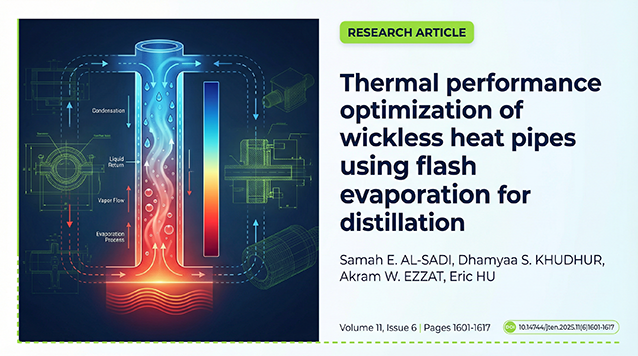Abstract
This article investigates the influence of altering the geometry of a jet diffuser and modifying the top corners of electronic components on cooling effectiveness. Computational simulations using the Shear stress transport turbulence model (k-ω SST) are conducted. The study considers a cross-flow Reynolds number of 3410 and varying impinging jet Reynolds numbers (α = Rej/ReH = 0.5, 1, and 1.5). Results show a clear relationship between flow structure and cooling effectiveness. At α = 0.5, cubes with rounded edges and chamfered corners have lower cooling efficiency. At α = 1.0, chamfered cubes demonstrate enhanced cooling efficiency (4.7% increase in average Nusselt number). At α = 1.5, rounded cubes exhibit superior cooling performance (3.7% higher Nusselt number). A lobed diffuser configuration achieves outstanding cooling effectiveness, with a Nusselt number 15% higher than a circular jet. These findings provide insights for improving cooling efficiency in electronic components under cross-flow and impinging jet conditions.























